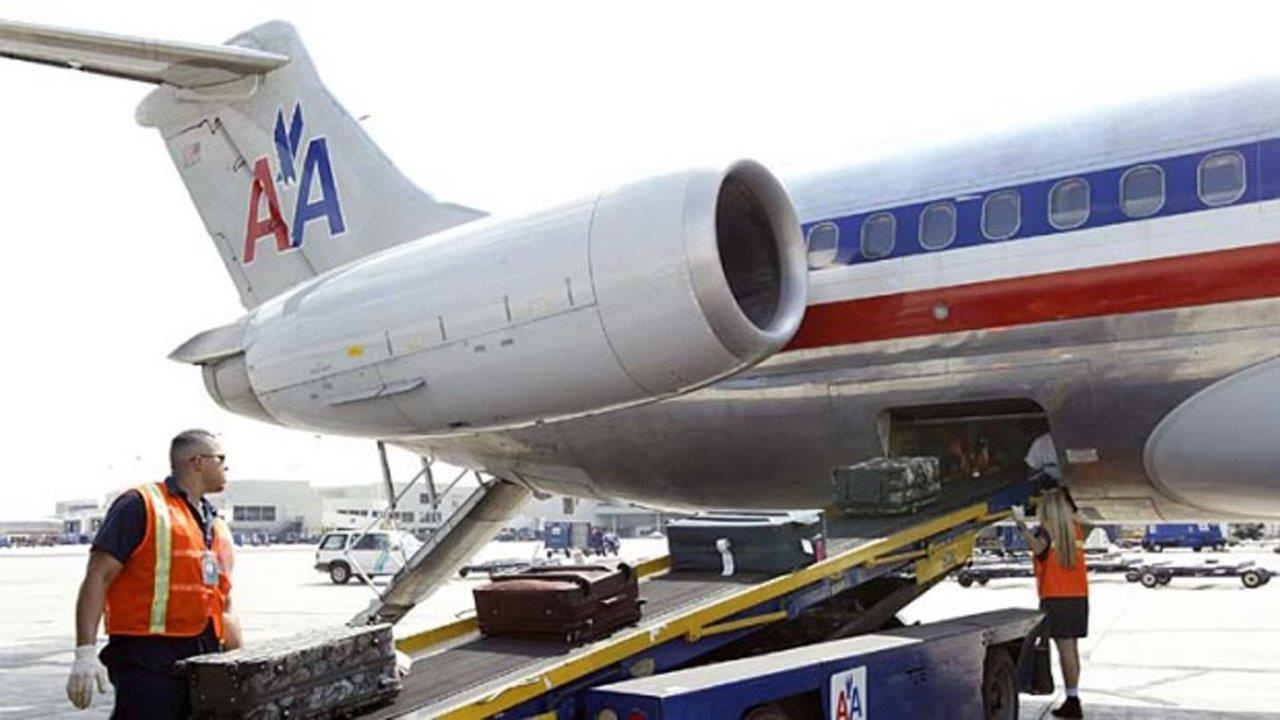Not long ago I reported on fifteen ways to save on your next vacation and while not every story needs a sequel (Casablanca) or has a worthy one (Grease 2) our challenging economy is making many travelers out there more clever than ever about saving a buck.
So I recently reached out to several of those travelers for their best advice and, as a twist, asked them to help me quantify how much their tips saved them, the idea being that the combined savings for all the tips presented in this article would add up to $500. You wouldn’t necessarily try all these tricks within a single trip, but you’ll likely find that several of these strategies will work for you on your next vacation.
Fly two different airlines. Savings: $60
On a recent girlfriend getaway to Miami Beach, HomeAway.com public relations manager Jaime Dito and her traveling companions “searched several different ways to find cheap flights and the way that ended up being the most cost-effective was to use discount carriers like Southwest and JetBlue and book one-way tickets. We booked our departing flight –from Austin to Ft. Lauderdale — on Southwest and our return flight on JetBlue and saved about $60.” Using this strategy you could save far more than that on other trips – the “Mix & Match Airlines” option within Expedia’s flight search engine is useful for sizing up savings for different flight combinations.
Don’t pull the trigger on a non-stop flight. Savings: $49
‘’Don’t stop at non-stop” when searching for the best price on a flight, suggests promo code guru Andrea Woroch. “You can save anywhere from $50 to a couple hundred dollars if you choose a flight that has one or multiple stops.” I tested Woroch’s idea within Delta’s ticket search engine on flights from New York’s JFK airport to Madrid; one flight requiring me to stop in Amsterdam for about an hour was $1900 less than a comparable non-stop flight. Another flight from JFK to Orlando had an hour-long stop in Washington, D.C., making it $49 less than a comparable non-stop.
If you wanted to get really creative you could combine the different airline and multiple stop strategies as well as fly into a different home airport. A U.S. Airways flight from New York’s LaGuardia airport to LAX had a 90-minute stopover in Charlotte; the return trip had me flying non-stop on American Airlines from LAX to JFK. That round-trip scenario would cost $348, compared to $544 for a non-stop flight, same airlines, same airport.
Lose the carry-on, don a travel vest. Cost savings: $25
Months ago I confessed to owning a 22-pocket travel vest that I bought at Walt Disney World when I could no longer carry all the gadgets, maps, and miscellaneous junk my family feels the need to hand me. Since that trip I’ve used the vest to free up storage in a carry-on, which in turn often eliminates the need for either a second carry-on or checked bag. The average cost savings is potentially $50 per trip, but to partially defray the price of the vest we’ll call this a $25 savings.
Trade the kennel for a condo. Cost Savings: $100
Vacation home fans often comment on how much you’ll save by preparing many of your meals versus dining out, but if you happen to have pets at home, you may realize additional savings if you bring them along. Personal finance professor Danielle Marquis has had minimal difficulty finding rentals that’ll permit her to bring her two dogs, “saving me $100 per night on kennel fees back home,” she says.
Skip the room by sleeping en route. Cost savings: $55
Invoking a tip from a Howcast video on cheap places to sleep, you might consider planning your “itinerary around overnight bus and train trips to save the price of a hotel room.” Howcast communications manager Katy Zack says she’s “done this and saved $30-80 a night while vacationing in India, Spain, and Thailand by opting for the sleeper car instead of a hotel night.”
Park away from the tourist area. Cost savings: $33
Author Barbara DesChamps says that if she’s driving, “I often save [on] parking fees at tourist sites by parking at a distance and walking or taking a local bus.” I applied this strategy to a hypothetical party of four driving into NYC on a Saturday night for a Broadway show. Parking for five hours in a Times Square-area garage can cost upwards of $16 per hour or $80. Parking in a different neighborhood’s garage, say on the Upper East Side, will cost $30 for six hours – adding an extra hour for travel time to the show. The cost savings includes deducting $17 for round-trip subway fare for four (at $2.25 per person each way).
Share a cab on the canal. Cost savings: $99.30
Veneto-based travel writer Sharla Ault suggests that instead of spending $100 or more on a gondola ride you could instead “take the one the Venetians use: It’s a taxi gondola used to cross the canal at Ca’ D’oro and a few other places in Venice, and it costs .50 [euro]” or about 70 cents.
Order hot tea, hold the teabag. Cost savings: $1.50
While traveling, “bring your own tea or coffee bags and save the $1.50 to $2.00 and just ask for hot water. They do not charge for that,” says professional organizer Leslie Jacobs, adding “how do I know this…sometimes, I am cheap.”
Coffee, a drink with jam and bread. Cost savings: $32.50
While in the Netherlands with her family of four, author Lisa Shusterman discovered that a typical breakfast of jam, bread, and coffee at a café was eight euro per person or 32 euro for a single breakfast, compared to the 8.5 euro it cost to buy groceries covering several meals. “A loaf of good Turkish bread was 3.5 euro, a jar of jam 4.5 euro, and a day’s serving of coffee about .50 Euro,” Shusterman says.
Don’t fall in love with the first hot pretzel you see. Cost savings: $1.00
“Use street vendors away from tourist areas to pay the prices locals pay,” suggests producer John Z Wetmore, a tip you could apply to New York’s Rockefeller Center. While that entire area is heavily touristed, its ubiquitous hot pretzel vendors charge $1 — $3, depending on the corner. Patience will save you at least a buck.
Consider a half-day ski lift ticket. Cost savings: $11.50
DesChamps opts for a half-day lift ticket — typically good from noonish to 4pm – if her ski resort offers that option “because I can’t ski all day anyway,” she says. Utah’s Sundance resort charges $38 for a half day, $47 for a full day. Sugar Bowl in California is $71 for a full-day ticket but only $57 for the afternoon. Averaging those two together yields the semi-arbitrary savings of $11.50.
Piggy-back on your BlackBerry’s data plan for “free Wi-Fi.” Cost savings: $12.20
I’m in my second year of using Tether for Blackberry, software that enables a Blackberry and laptop to communicate while tethered by a USB cable. This in turn gives your laptop an Internet connection without engaging your Wi-Fi card or incurring airtime fees; your time online is covered by what you’re already paying for your Blackberry’s flat-rate data plan. The cost savings represents an average of what I pocket by not buying overpriced Wi-Fi time and bitter cups of coffee during a typical surfing session.
Try this work-around for nightclub access. Cost savings: $20.00
If you’re in a city like Miami “that’s known for its nightlife, find club promoters and get on their guest lists,” suggests Dito, who during her girlfriend getaway was “able to save on club entrance fees by meeting up with [the promoters] and we were also able to bypass every line.” I’m not sure how to ballpark the cost savings for such an evening, but I figure the ladies saved at least twenty bucks.






Leave a Reply